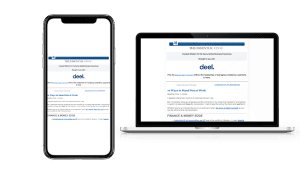In this webinar, ALM expert talks about the top 10 challenges and their key drivers in Asset & Liability Management today.
Part 1 covers the first five challenges and drivers.
Part 2 covers the last five challenges and drivers:
Learn more about how to face and manage these Asset & Liability Management challenges



